
September is AFib Awareness Month, and at Fitbit, we’re helping you to learn more through content that focuses on all things heart health throughout the month. Click here for more blog posts in the series.
Fiber is one of the most overlooked nutrients in our diets today. Most people consume less than half of the recommended amounts, despite the big health benefits that come with a fiber-filled diet. Not only is fiber good for your gut, feeding the good bugs and keeping you regular, but it also plays a central role in keeping your heart healthy, too. Those who have diets rich in fiber are more likely to manage their weight, and have better control of their cholesterol, blood pressure, and blood sugar levels. Long term, this may result in huge benefits to your heart, not to mention a decreased risk of diabetes and some cancers. So, by making fiber a more common part of your diet, you are sure to benefit in ways beyond just the toilet department!
Now before you start conjuring up images of straw-flavored bran or your grandmother’s daily dose of prunes, you should know that there are fiber-rich foods that are delicious.
Which foods provide fiber? It’s simple—plants! You won’t find fiber in animal products like meat, eggs, or dairy. But, if you’re filling your meals with minimally processed plant foods like fruits, veggies, whole grains, nuts, seeds, and beans, you can be sure you’re getting a good dose of fiber.
Different Types of Fiber Have Different Benefits
While fiber in general is important, it gets slightly more specific than that. There are in fact two main types of fiber: soluble and insoluble. Most whole plant foods contain a mix of both, but some foods contain more of the one type than the other and both have benefits.
Soluble fiber is the type your heart loves the most. This type of fiber dissolves, becomes a gel, and absorbs water and cholesterol in the stomach, slowing down digestion and decreasing fat absorption. This action supports your heart health by lowering cholesterol levels, increasing feelings of fullness, and regulating blood sugar.
Insoluble fiber is the type of fiber that does not dissolve in water, but acts more like a broom sweeping waste out of your body. This action helps to keep you regular, preventing constipation, and long-term, may reduce the risk of colorectal cancer.
How to Hit Your Daily Fiber Goal
The Institute of Medicine recommends men and women, aged 50 or younger, consume at least 38 grams and 25 grams a day, respectively. If you’re over the age of 50, recommendations for men change to 30 grams and for women to 21 grams a day. Note: Fiber is bulky, slower to digest, and initially may cause increased gas—thanks to the good bugs that love to munch on it. So, ensure you’re keeping active and drinking lots of water as you slowly start to eat more fiber-rich foods. (You’ll thank us later for that tip!)
| Foods rich in soluble fiber | Total fiber |
| Vegetables (cooked) Acorn squash, 1 cup Carrots, 1 cup Brussels sprouts, 1 cup Sweet potato, 1 medium Summer squash, 1 cup |
9 g 5 g 4 g 4 g 3 g |
| Beans/Peas (cooked) Navy beans, 1 cup Black beans, 1 cup Kidney beans, 1 cup Lima beans, 1 cup |
19 g 14 g 13 g 13 g |
| Grains Bran cereal, ½ cup Psyllium, 2 tablespoons Barley, cooked, 1 cup Steel-cut oats, dry, ¼ cup Old-fashioned oats, dry, ¼ cup |
10 g 7 g 6 g 4 g 2 g |
| Fruits Avocado, ½ medium Pear, 1 medium Apple, 1 medium Orange, 1 medium Peach, 1 medium |
9 g 6 g 4 g 4 g 3 g |
| Nuts/Seeds Chia seeds, 2 tablespoons Flax seeds, 2 tablespoons Hemp seeds, 2 tablespoons |
10 g 4 g 2 g |
| Foods rich in insoluble fiber | Total fiber |
| Vegetables Cauliflower, cooked, 1 cup Spinach, cooked, 1 cup Potatoes, cooked, 1 medium Kale, cooked, 1 cup Green beans, 1 cup |
5 g 4 g 4 g 3 g 2 g |
| Beans/Peas (cooked) Split peas, 1 cup Lentils, 1 cup Chickpeas, 1 cup Black-eyed peas, 1 cup |
15 g 13 g 13 g 11 g |
| Grains Wheat bran, 1 ounce (30 g) Quinoa, cooked, 1 cup Brown rice, cooked, 1 cup Popcorn, 3 cups Whole wheat bread, 1 slice |
12 g 5 g 4 g 4 g 2 g |
| Fruits Raspberries, 1 cup Prunes, ½ cup Kiwi, 1 cup Strawberries, 1 cup Raisins, 2 ounces (60 g) |
8 g 6 g 5 g 4 g 2 g |
| Nuts/Seeds Pine nuts, 1 ounce (30 g) Almonds, 1 ounce (30 g) Peanuts,1 ounce (30 g) |
12 g 4 g 2 g |
If you’re still wondering how to build a fiber-filled day, here’s what a typical day’s intake might look like:
One Day High-Fiber Meal Plan
Breakfast
Vanilla Overnight Oats with Berries and Lemon, 11 g fiber, 399 calories
(oats, chia seeds, berries)
Lunch
Spinach and Berry Salad, 4 g fiber, 300 calories
(spinach, berries, onions, poppy seeds)
Grilled chicken, 4 oz (120 g), 0 g fiber, 130 calories
½ cup cooked quinoa, 2.5 g fiber, 111 calories
Snack
Apple, 4 g fiber, 95 calories
2 tablespoons Peanut butter, 2 g fiber, 192 calories
Dinner
Turkey Lentil Chili with Cornbread Biscuits, 9 g fiber, 450 calories
(cornmeal, whole wheat flour, lentils, tomatoes, corn)
Total Daily Fiber: 32.5 g
Total Daily Calories: 1677 calories
The Bottomline
Any fiber, whether soluble or insoluble, is an important part of a healthy diet. If you’re really homing in on heart-healthy habits, eating more fiber-rich plant foods is the perfect starting point and may positively impact your weight, cholesterol, and gut health.
If you’ve tried incorporating more fiber into your meals and can’t tolerate it for any reason, you may want to consider a supplement or speaking with your primary care physician or registered dietitian nutritionist.
Looking for more fiber inspiration?
- Check out this blog post for new whole grains to add to your shopping list
- Learn how to track your fiber intake in the Fitbit app
- Experiment with cooking more beans at home
- And discover why fiber is the secret for weight-loss success.
The post Fiber: The Nutrient You’re Likely Lacking appeared first on Fitbit Blog.
source https://blog.fitbit.com/you-need-more-fiber/



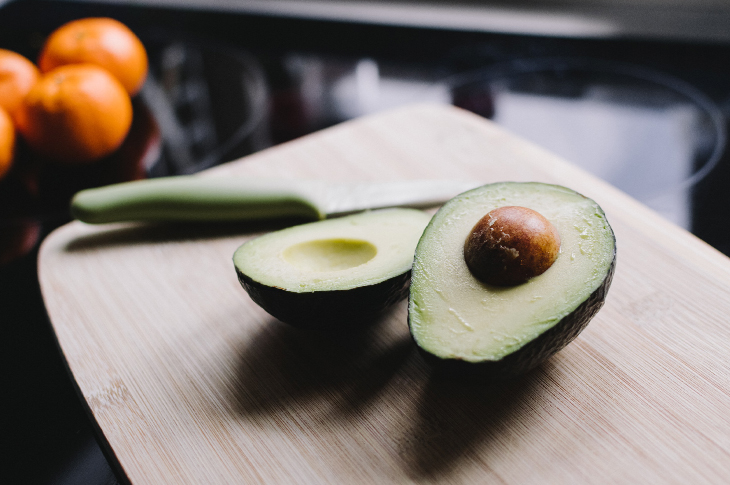

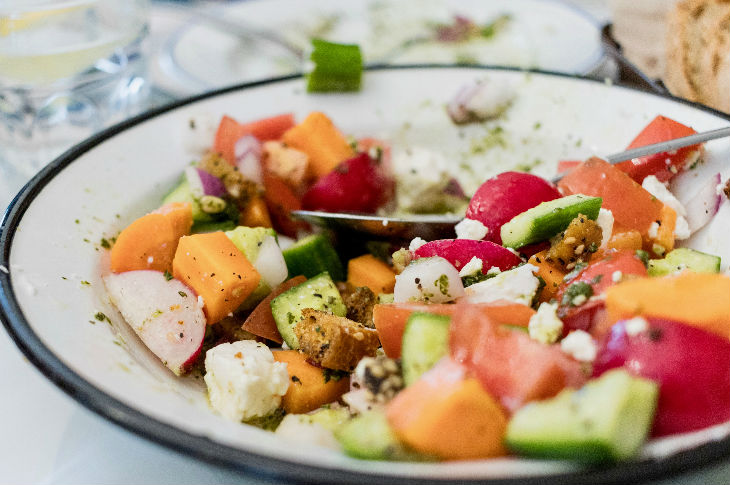
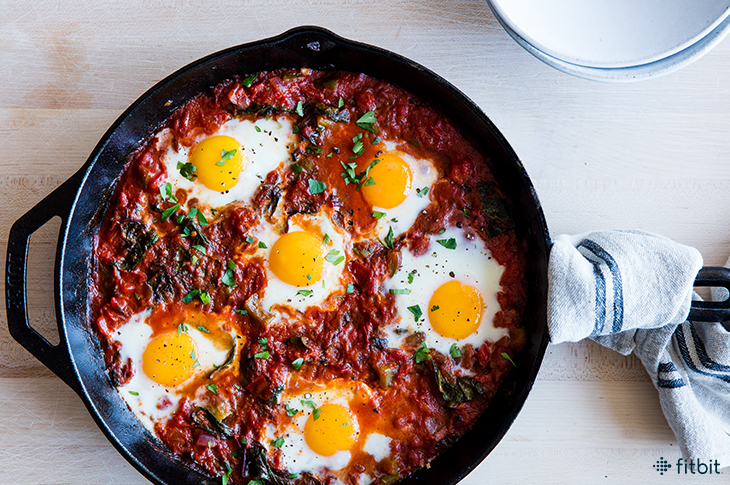
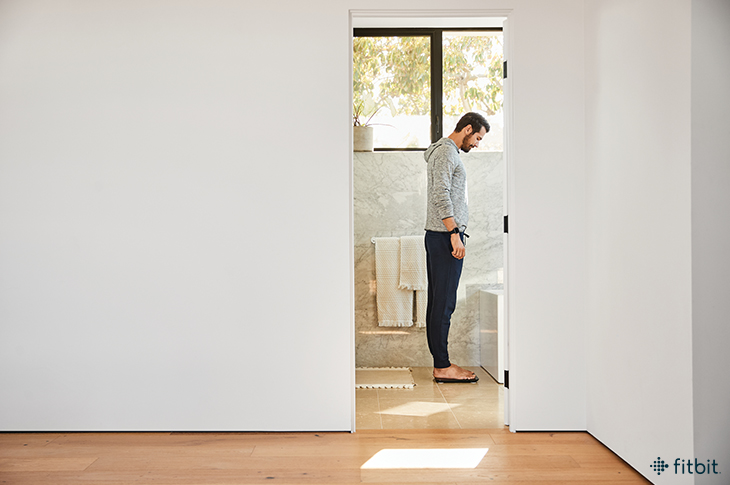





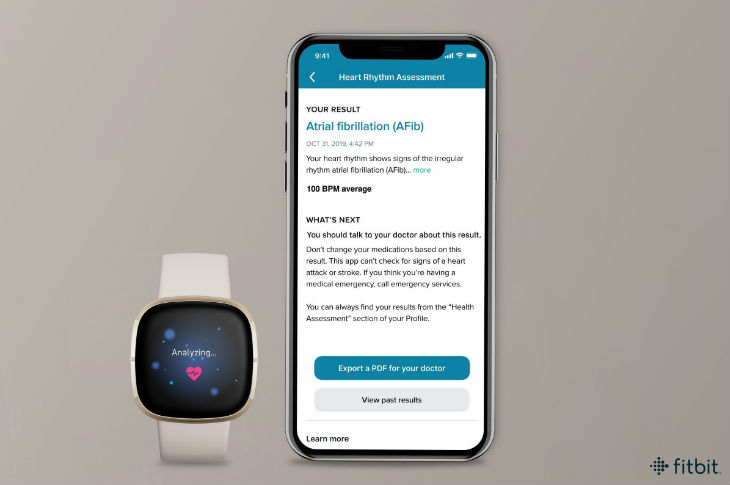
 continuous heart rate technology, which is the foundation for so many of the features that we have today—like Cardio Fitness Level, Sleep Stages, Sleep Score, SpO2, High and Low Heart Rate Notifications, and Active Zone Minutes. These tools give our users deeper insights into their bodies and will continue to help people around the world.
continuous heart rate technology, which is the foundation for so many of the features that we have today—like Cardio Fitness Level, Sleep Stages, Sleep Score, SpO2, High and Low Heart Rate Notifications, and Active Zone Minutes. These tools give our users deeper insights into their bodies and will continue to help people around the world.

